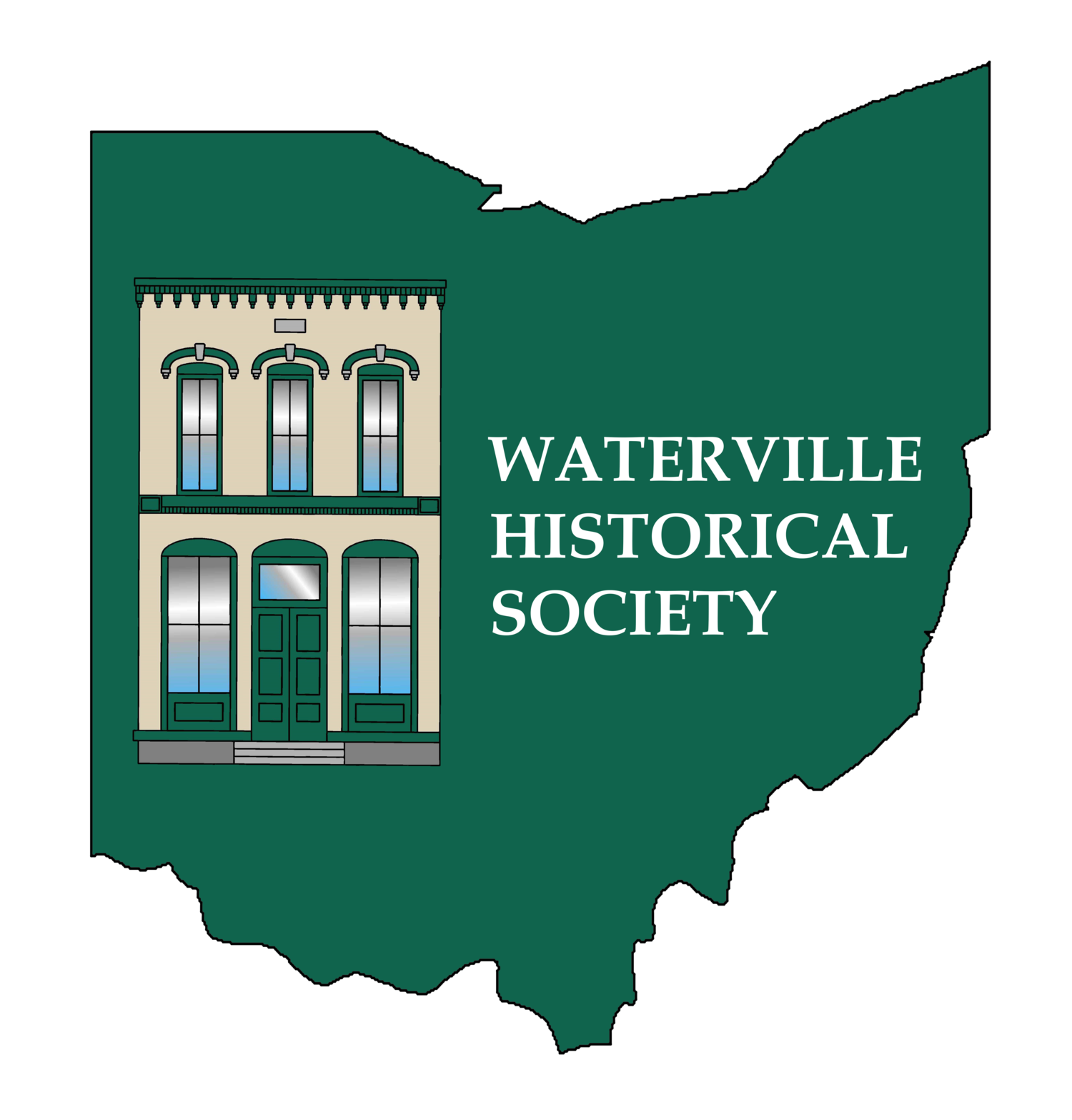Crossing the River --A New Bridge at Last
The old 1888 wagon bridge was broken down in July of 1941 by a heavy milk truck. World War II began shortly thereafter and all steel and much of the labor force went into the war effort. New automobiles were not made, gasoline and tires were rationed, all of which made the long detour to Maumee or Grand Rapids to cross over the river very impractical. Motorists were once again forced to ford the river when possible. Fording routes were marked with orange barrels (a time when motorist were happy to see orange barrels). The state did assist in building approaches to the old trolley bridge and deck that bridge for use by motor vehicles. The route was narrow but served the public for about six years until a new bridge could be built.
With the end of the War in late 1945, rationing ended, military men and women came home and new cars were on the market again. New homes were built farther from a person’s work place, including in the Village of Waterville. Travel by automobile became increasingly popular and the need for a new Waterville bridge was recognized by the State of Ohio. The bridge went from drawing board to construction phase in 1947 and the new steel truss bridge was opened to traffic in 1948, looking much as it does now. Due to unforeseen increase in traffic volume and heavier trucks following route 64, this bridge was in need of repairs after twenty-five years of service. The bridge was closed in 1988 to be reinforced, re-decked and the overhead clearance increased. The process was documented on film by Emery Noward and his photo album is preserved in the Wakeman Archives. This improved Waterville bridge is the one we use today. The handsome steel truss bridge has become impractical for today’s traffic and the Ohio Department of Transportation (ODOT) has scheduled this bridge to be replaced, starting in 2018. A new bridge will be built right next to the old and the roadway will be closed for six to eight weeks to re-connect at either end, probably in 2020. Love it or hate it, this bridge will not grace our landscape much longer.







